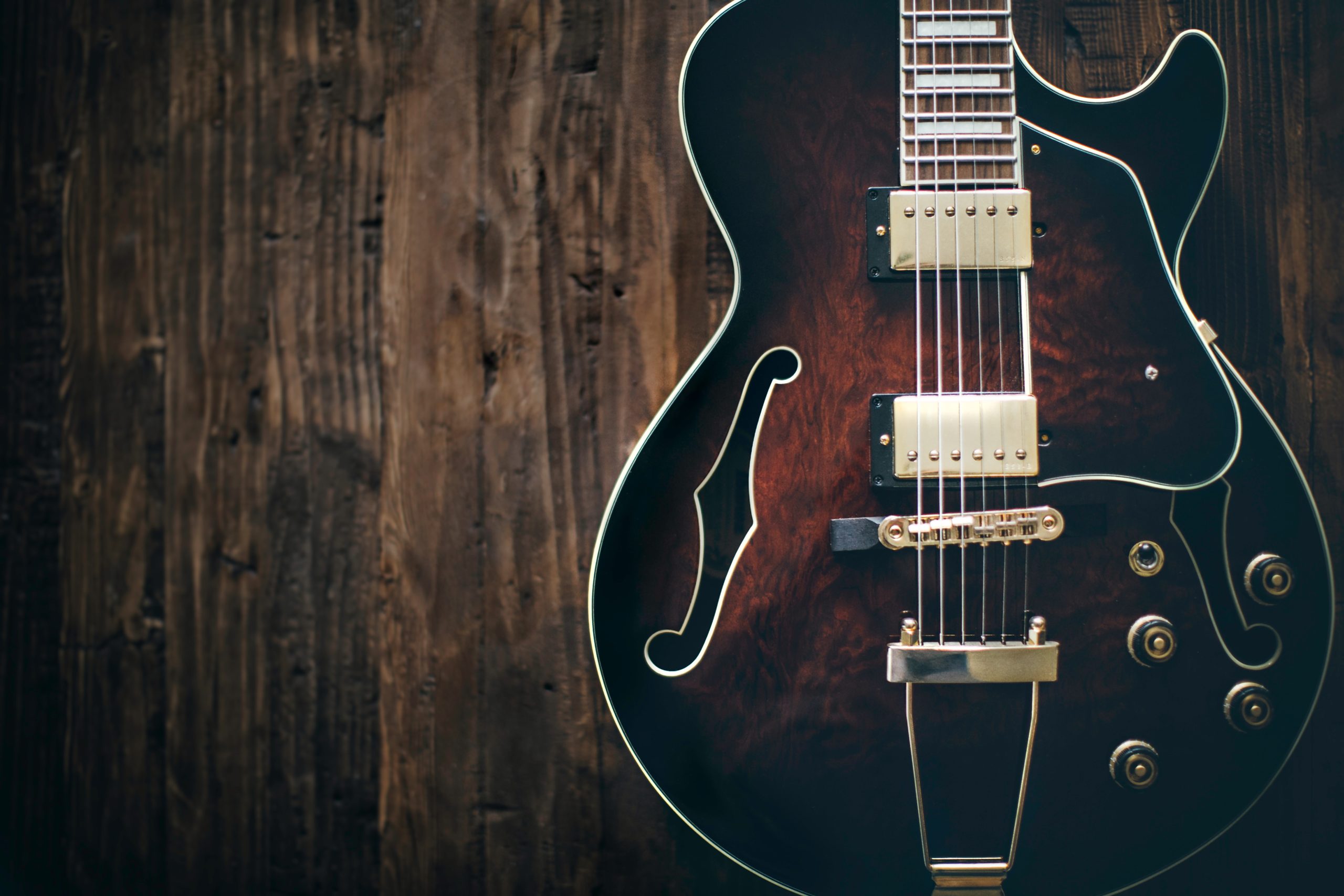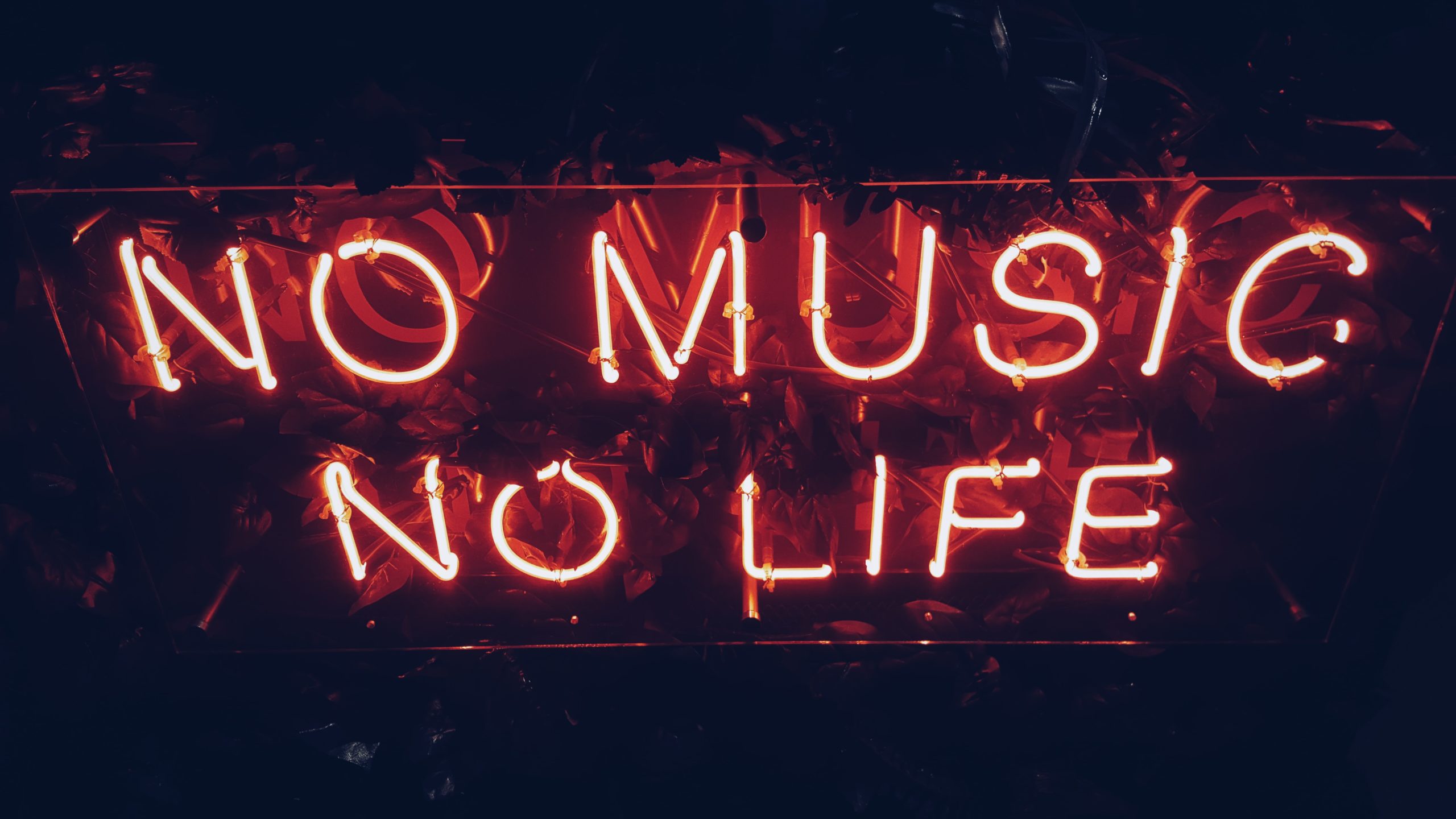Switched On Pop
There the lads discuss the mysteries between the real world and the sorcery of hits.
Few genres are subjected to as much disdain and snobbery as pop music, but Vox's informative series hopes to alter that. The musicologist Nate Sloan and the music writer Charlie Harding break down the processes that make pop songs so captivating in “Switched On Pop,” which is aimed at both pop aficionados and skeptics. The show's scope is vast; it recently included a five-part mini-series in collaboration with the New York Philharmonic, in which the hosts examined Beethoven's Fifth Symphony under the microscope. Sloan and Harding's analysis, delivered with amiable passion, will increase your awareness of even the most well-known Top 40 hits.
Rock, electronics, jazz, blues, europop, soul, indie are just the beginning. Songs of any genre can become popular and sound from every iron. Perhaps we will surprise you, but Despacito is reggaeton. In addition to the track by Luis Fonsi, songs by Zemfira, Sting, Whitney Houston and Ed Sheeran - the authors of compositions of an unpopular genre - became popular at different times. Most often, however, songs from the pop genre become mainstream music, because they are written for the majority and please many. But rock is about a painful thing: a musician will not write a ballad if he does not feel it. Jazz is a philosophy and self-expression, so it is not suitable for everyone: people see the world in different ways. Rock, jazz and other genres become pop music when they are "approved" and accepted by the majority of listeners. Foreign tracks often become commercially successful music. This is because pop culture is developed in the West. Simple and understandable for many, it affects music, painting, sculpture, media and even fashion. It is a culture of everyday life, entertainment and information.


